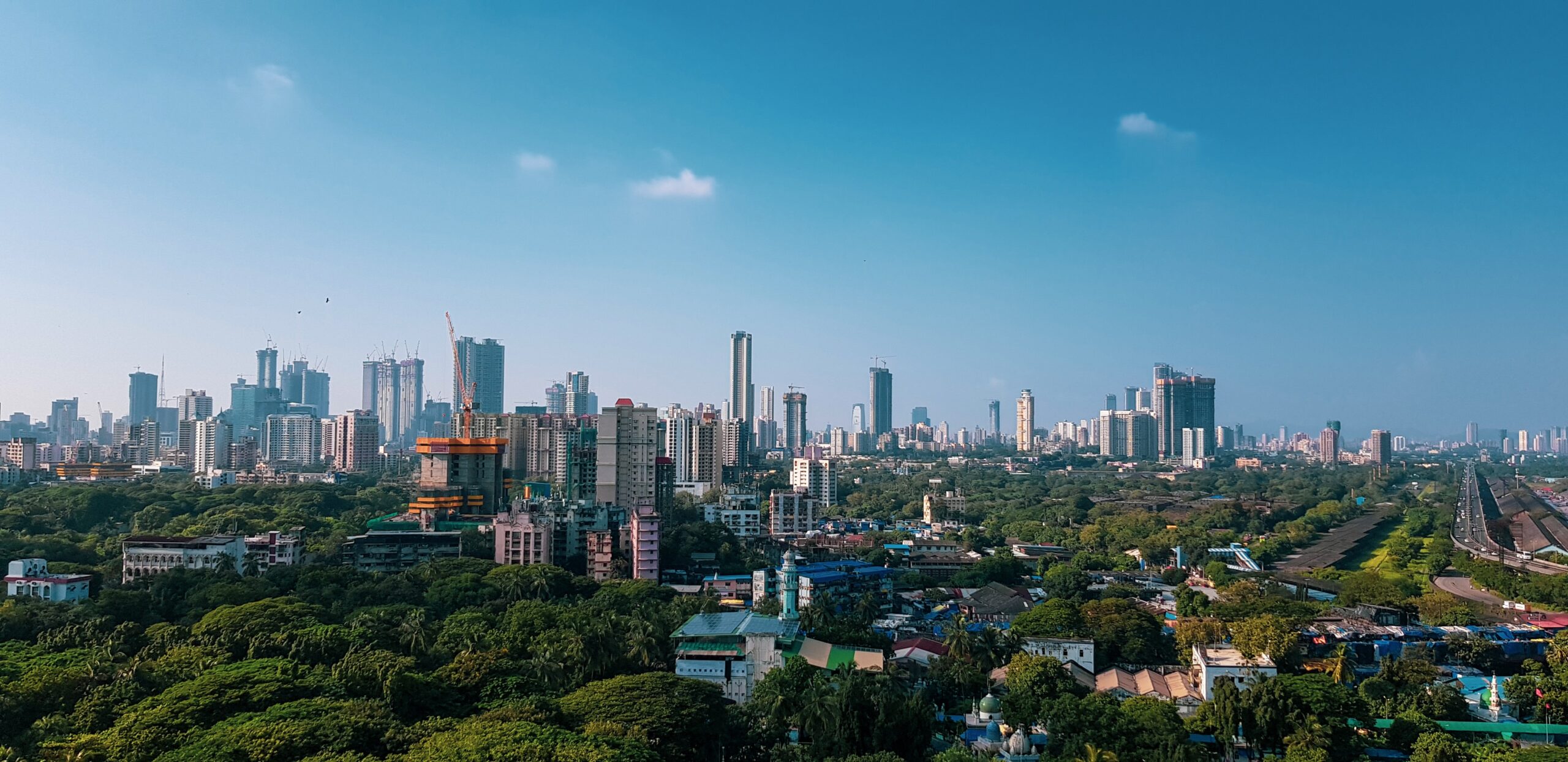FAR Away from Home

In addition to the use of zoning regulations to control the location, density, and types of housing, many jurisdictions use similar regulatory tools to limit the total floor space a building can have. These limits, which typically take the form of a ratio of land to square feet (or square meters) of floor space, are called “floor area ratios,” or FAR.
The city of Mumbai in India has historically had very restrictive residential FARs, capped at 2.7 times the land area of a given parcel. But in 2018, the city relaxed the FAR limit along wider roads, allowing FARs up to 8 (i.e., for every square foot of land on a parcel, a builder could build 8 square feet of housing or other usable space).
Mumbai’s regulatory change offers insight into whether increasing FARs incentivizes more large, expensive apartments for the wealthy, or if they lead to smaller, more affordable apartments for middle-income workers.Geetika Nagpal and Sahil Gandhi’s study of the Affordability Implications of Zoning Deregulation in India combines data from three sources—residential permit applications, sales price data, and mortgage applications—to examine the development effects of the FAR reform, its effects on the design of new buildings, and the demographics of buyers.
Key Takeaways
- FAR reform increased housing supply in the upzoned areas by 28%.
- The resulting projects had 18% smaller apartments, and larger shared amenity spaces.
- The decline in unit sizes led to a 29% decrease in apartment prices, which allowed more low-income households to access housing.
The researchers used a difference-in-difference strategy to compare the evolution of housing supply and prices on parcels that were upzoned to those that were not, finding that upzoned parcels had 28% larger housing supply, that the resulting apartments are 18% smaller, and that these apartments are 29% cheaper than apartments in the control group. Additionally, buildings on the upzoned parcels had more amenity space.
The study has clear implications for land use policy makers and practitioners: allowing for greater floor area and density encourages developers to compete on price and amenities, therefore creating less-expensive apartments that are affordable to lower- and middle-income households.